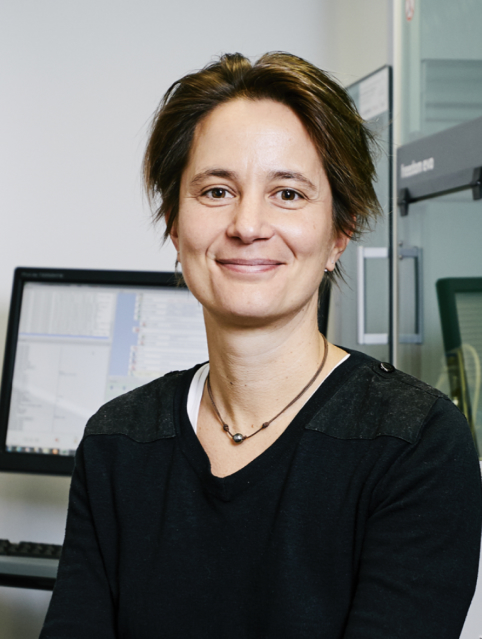Project Aim
The aim of this project was to create a large bank of RPE cells from control stem cells (stem cells with no disease) using an automated platform unique in Australia to compare diseased to non-diseased cells, in order to model and understand fundamental disease processes in a culture dish.
Obtaining a large control group is important to compare with diseased cells with the certainty that observed variation in cellular behaviour are due to the disease itself and not an artefact of the artificial manipulation of cells.
Project Results and Impact
Key outcomes from this project included:
1. A bank of control iPSCs from >150 individuals was successfully generated
2. Optimised procedures were developed and established for the generation of RPE on the automated platform
3. Procedures were developed for the sequencing of single cells from our cultures
4. In parallel, we continued our gene editing correction of iPSCs that were obtained from patients with retinal dystrophies
5. An assessment of the impact of other potential stressors on RPE cells as way to mature/age the cells generated novel data on the effect of the bioactive lipid Lysophosphatidic Acid (LPA) on the biology of the RPE

Chief investigator:
Associate Professor Alice Pebay
Centre for Eye Research Australia, Melbourne
Co-investigator/s:
Associate Professor Alex Hewitt, Centre for Eye Research Australia, Melbourne
Duncan Crombie, Centre for Eye Research Australia, Melbourne
Grant awarded:
$40,000 (2017)
Research Impact Reports
Characterizing Stargardt Disease Mutations for Splice Intervention Therapeutics
Project Aim The aim of this project was to find...
Virtual Reality Assessment of Functional Vision in achromatopsia
Project Aim This project aimed to develop and validate a virtual reality (VR) mobility task...
Advancing Usher syndrome type 1B gene therapy with split intein
Project Aim Usher syndrome is the leading cause of combined hearing and vision loss worldwide....
Therapies for currently untreatable autosomal recessive IRDs
Project Aim This project aims to develop gene replacement therapies for autosomal recessive (AR) inherited...




